Queen Elizabeth II’s royal role was both daunting and imprecise – but she made her mark
Andreas Whittam Smith, a founding editor of The Independent, reflects on the Queen’s 70-year reign
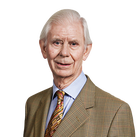
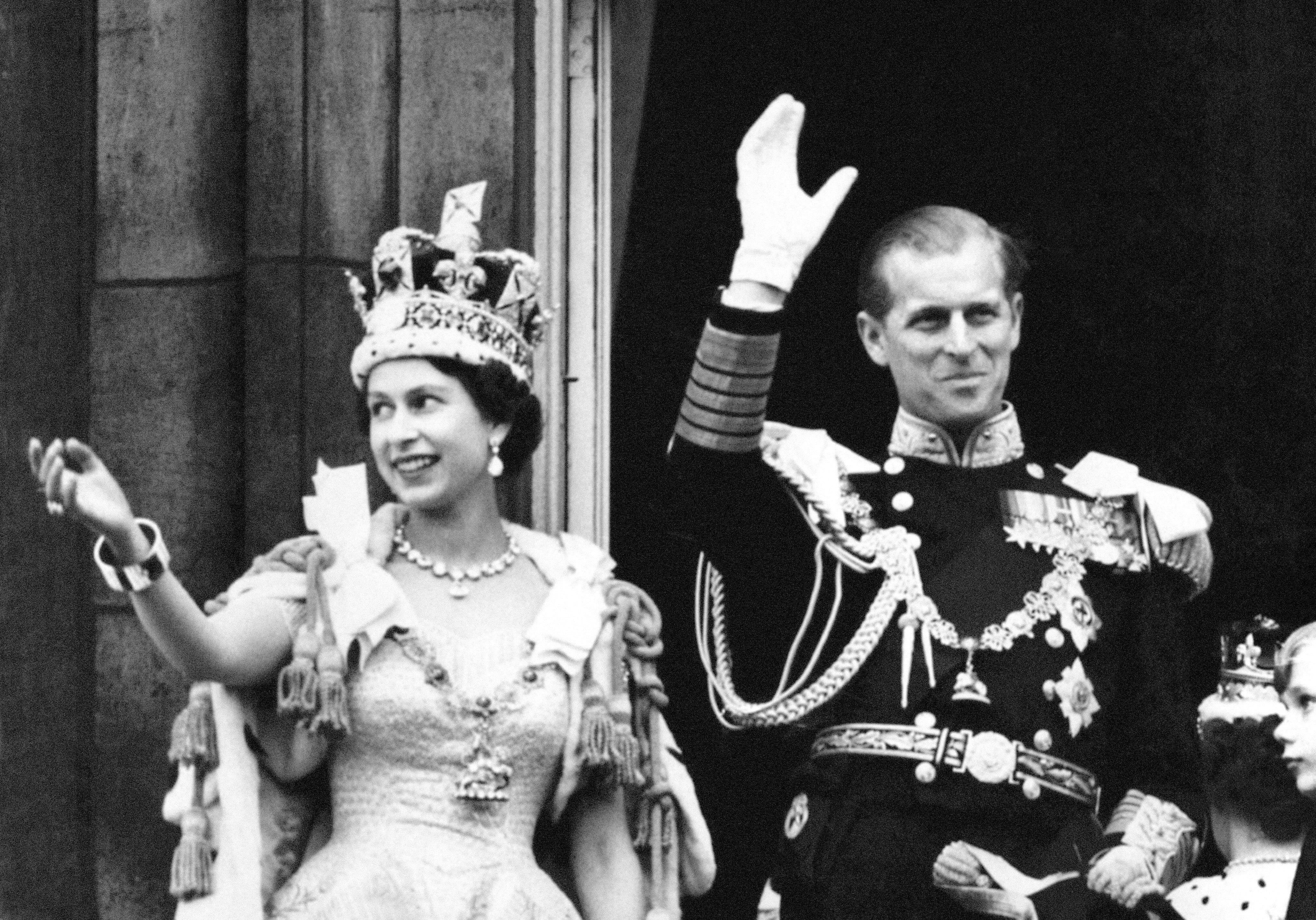
The death of Queen Elizabeth leaves a gap in the familiar landscape of all our lives. To have any real sense of what Britain was like before Elizabeth II came to the throne, you would have to be in your seventies. The rest of us have known only one monarch. The effect of her passing is as if Big Ben had suddenly toppled down. While the late Queen continued impeccably to carry out the duties of head of state, Britain was still the country we knew and loved. Now she is no longer there, we will not be able to prevent ourselves from wondering about the future with a more anxious heart.
The tributes to Queen Elizabeth have focused on the sheer length of her reign and on the conscientiousness with which she conducted herself. She readied herself for this challenging course a long time ago. The occasion was her 21st birthday, in April 1947, five years before she was to ascend the throne. She had gone on a major tour with the King and Queen, and she had arrived in South Africa, where the government declared the day of the Princess’s birthday to be a public holiday. It was then that she made her famous broadcast to the empire and Commonwealth:
“I declare before you all that my whole life, whether it be long or short, shall be devoted to your service and the service of our great imperial family to which we all belong. But I shall not have the strength to carry out this resolution alone unless you join with me, as I now invite you to do. I know that your support will be unfailingly given. God help me make good my vow, and God bless all of you who are willing to share in it.”
Well known though these words are, it is still a shock to read them afresh and remind oneself that they were spoken by a 21-year-old woman whose cosseted royal upbringing had protected her from the rough and tumble of the everyday world. That royal officials probably drafted them does not detract from their remarkable nature: the unqualified commitment, the mention of family, the humility, the appeal to the people for their help, and also the call to God.
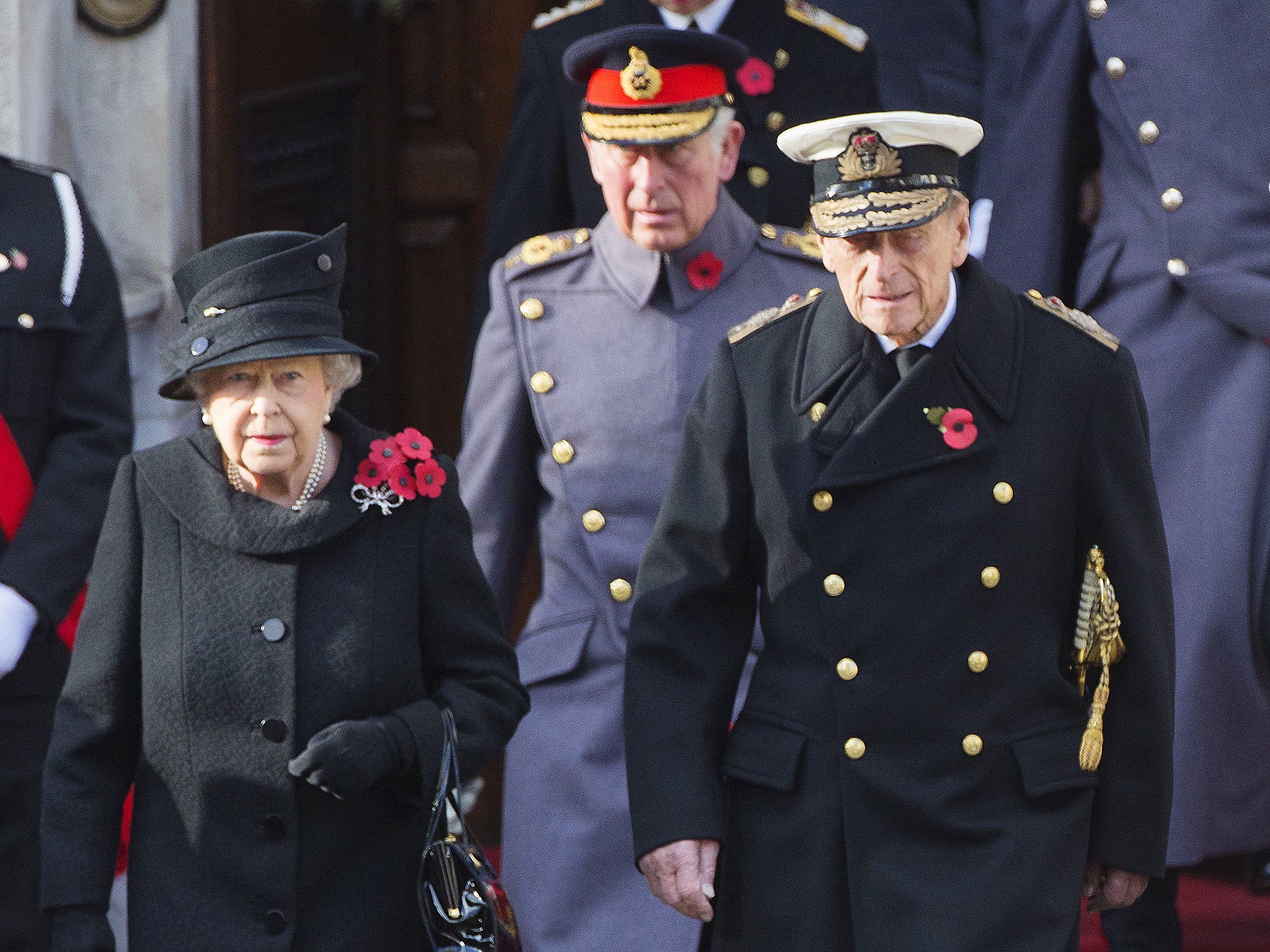
Nearly 30 years later, Sir Michael Adeane, the Queen’s private secretary at the time, gave a glimpse of what this commitment had turned out to mean in practice. He said that, even in the early 1970s, the Queen still found public appearances stressful. He described the strain of a long day in a town, “taking a lively interest in everything, saying a kind word here and asking a question there, always smiling and acknowledging cheers when driving in her car, sometimes for hours”.
The making of the vow owed a lot to the Queen’s early experiences. Her father had not expected to become king, but he was pitchforked into it when his elder brother, Edward VIII, was forced to abdicate because he refused to accept the advice of the government of the day that he could not marry a twice-divorced woman, the American Wallis Simpson.
The Duke of York, as he then was, lacked self-confidence, which his stammer made all the worse (memorably portrayed in the film The King’s Speech), and suffered from constant stress. As a result, he looked upon the prospect of suddenly succeeding to the throne with apprehension bordering on panic. His 10-year-old elder daughter, Princess Elizabeth, headed her diary that day “Abdication Day”.
However, he took up the challenge, and as George VI he set about the important task of restoring faith in the royal family’s dedication to duty. After all, something that is not often mentioned had once again been made plain: that British monarchs reign on sufferance. Parliament has absolute rights in the question of the succession to the throne.
King George VI’s premature death as the result of a thrombosis in 1952 (he was only 56 years old) meant that his daughter would have to complete the task he had begun. The King had created a happy family, and spoke of the Queen and the two princesses as “us four”. On her honeymoon, Princess Elizabeth had written to her mother that she thought she had “the best mother and father in the world”.
She often spoke of George VI, and seems consciously to have tried to behave as he might have done. In character, Princess Elizabeth resembled her father, wrote one of her biographers, Sarah Bradford – she was “shy, dutiful and extremely kind”. In this sense, then, the death of Queen Elizabeth II closes a long chapter that began not with her own accession but with her father’s coming to the throne in December 1936 – a period of nearly 90 years. What comes next, therefore, is likely to be very different.
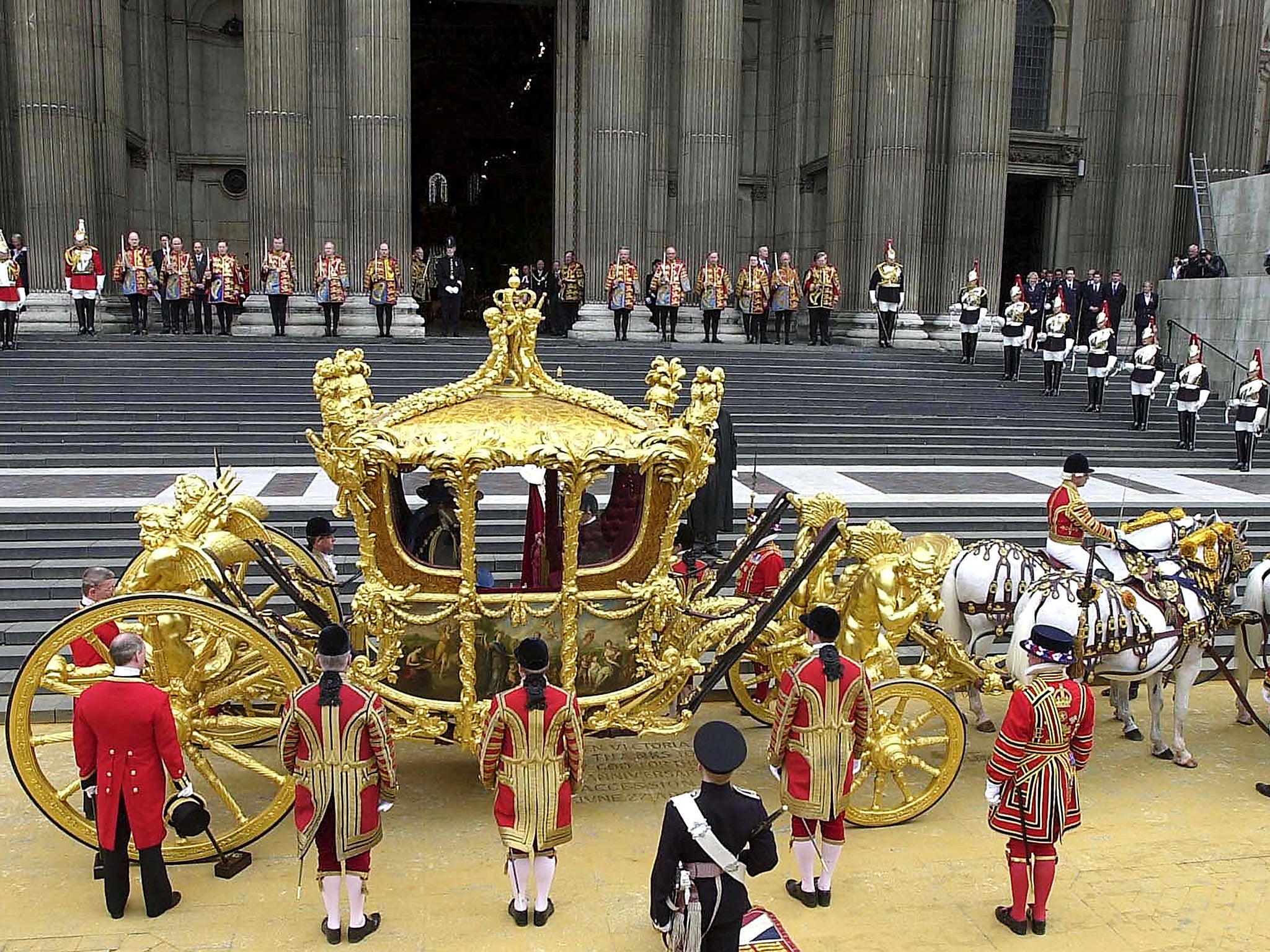
What, then, is the job of monarch? In their relationship with the government, there are the three classic rights: the right to be consulted, the right to advise and the right to warn. This pithy Victorian formulation was restated in the mid-1980s by the Queen’s private secretary, Sir William Heseltine. He said that the monarch enjoyed the right, and indeed the duty, to express his or her opinions on government policy to the prime minister. On the other hand, the monarch must act on the advice of his or her ministers, whatever he or she thinks.
French president Charles de Gaulle gave a very good definition during a state visit to Britain in 1960. The Queen had asked him what he thought her role ought to be: “In that station to which God has called you, be who you are, Madam; that is to say, the person in relation to whom, by virtue of the principle of legitimacy, everything in your kingdom is ordered, in whom your people perceives its own nationhood, and by whose presence and dignity the national unity is upheld.” France, of course, is essentially an elected monarchy (the president) dressed up in the clothes of a republic.
However the role is described, it is both daunting and yet at the same time imprecise. Successive monarchs have each had their own way of meeting the challenges, depending on their particular gifts and character. Princess Elizabeth’s riding instructor, who saw a lot of her when she was a teenager, declared that she was not the sort of person to take up interests lightly only to drop them just as easily a short time later. “If and when her interest is aroused, she goes into whatever subject it is with thoroughness and application, nor does her interest wane with the passing of time or the claim of other new matter upon her attention.” She had “a keen and retentive mind”.
Another observer at the time saw the princess from a different angle. He said that she seemed to deal with the peculiarity of her position by becoming as unremarkable as possible in everything she could not change, while accepting absolutely what was expected of her. An officer friend of the princess said: “She didn’t find social life at all easy ... I don’t think she particularly enjoyed being a young girl.”
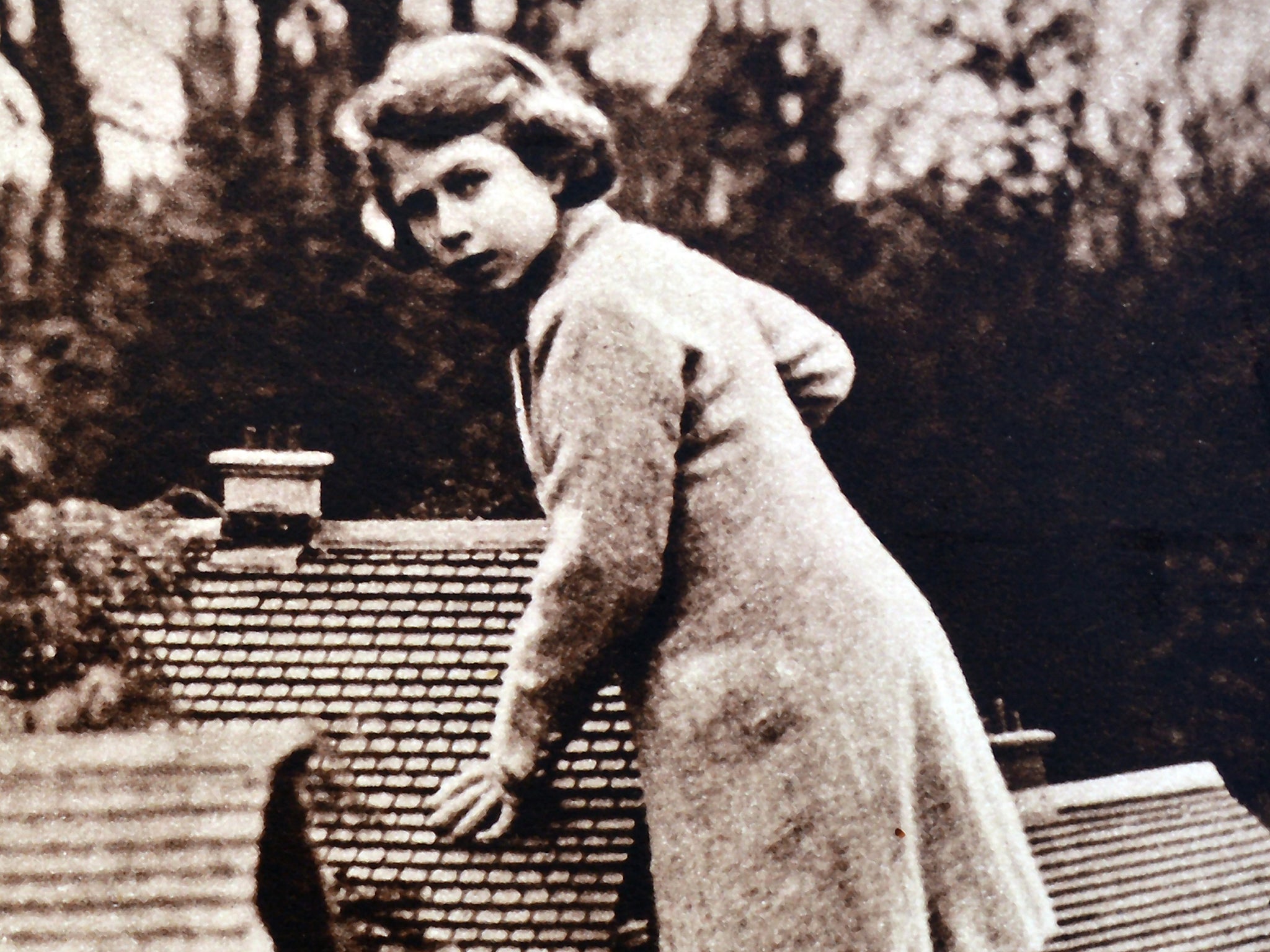
Another glimpse of the young Elizabeth comes from the lady-in-waiting who was with her and Prince Philip in Kenya when she was given the dreadful news of her father’s sudden death. When Lady Pamela Hicks expressed her sympathy, the Queen’s reaction was, “I’m so sorry, we’ve got to go back. I’ve ruined everybody’s trip.” That is stiff upper lip to the nth degree.
“Unremarkable ... in everything she could not change” hints at what has proved to be an important feature of the Queen’s character: her deep conservatism, with which was associated a shrinking from controversy when faced with difficult matters that needed handling. In 1953, when Churchill’s unfitness for office as prime minister on grounds of age was evident to all who worked with the great man, she could tactfully have urged him to step down, but perhaps that was too much to ask of a 27-year-old, even if she was the Queen.
This approach was even less appropriate in 1963 when Harold Macmillan resigned as prime minister. There were five plausible successors. In these circumstances, the monarch, using the power of what is known as the royal prerogative, should herself have held the ring. But her inclination to take the line of least resistance led her, quite improperly, to follow the retiring prime minister’s recommendation and choose Alec Douglas-Home.
While there was little direct criticism of the Queen at the time, it was implicit in what one of the disappointed candidates, Lord Hailsham, had to say: “Never before in the history of the office of prime minister had advice as to his possible successor been tendered to his sovereign from a bed of sickness, based on hearsay evidence prepared for him by others, which he apparently had no possible means of verifying.”
In 1966, a slag heap collapsed above the mining village of Aberfan, engulfing the school and killing 144 people, most of them children. The prime minister and the Duke of Edinburgh went immediately, but the Queen let six days elapse before making a visit. Bradford, her biographer, quoted a courtier as saying: “She is negative ... she never says things like, ‘For Christ’s sake, let’s go to Aberfan’ ... She regrets that now.”
But this was part of her character. An observer described it thus: “Passive, self-controlled, reluctant to confront emotional situations.” But then again, how many of us can alter our innate characteristics? We have to work with them, as the Queen learned to do.

However, the Queen’s slowness to act was shown at its least appropriate in her response to the unexpected death of Princess Diana in 1997. As always in times of stress, she stuck to routine and protocol. She did not immediately leave Balmoral Castle, where she always spent the month of August. On the next day, a Sunday, there was no mention of the Princess’s death when as usual the Queen went to the local church with her family. She issued no statement. The royal standard at Balmoral did not fly at half-mast. No flag at all flew above Buckingham Palace. In the face of this passivity, her subjects, led by the newspapers, became increasingly agitated.
It could have become a dangerous moment for the monarchy – one that parliament can change, or even remove, if popular feeling demands. But the Queen finally did all that was expected of her, albeit a few days late. The union flag was raised to half-mast at Buckingham Palace. The Queen flew to London. The length of the funeral procession route was doubled. The Queen personally paid her respects at the princess’s coffin at St James’s Palace. She met the crowds waiting to sign books of condolence, and, most importantly, she spoke on television to her people in what was a well-received broadcast. An unnecessary crisis was over.
In later years, the role that Harry, the Duke of Sussex, and Meghan, the Duchess of Sussex, would play as part of the royal family also sparked a national conversation about the role of the monarchy in these modern times.
However, go back to the riding instructor’s assessment. “If and when her interest is aroused, she goes into whatever subject it is with thoroughness and application.” Of this happy characteristic, there is an important example that has had beneficial consequences on the international stage. This was her consistent, unfailing espousal of the Commonwealth, where, separately from her British role, she was the head of state of many of the member countries.
She gave loving attention to the nations of the Commonwealth, whether they were large or small. As she could already say in 1962, “I suppose that, between us, my husband and I have seen more of the Commonwealth than almost any people alive.” And as time went on, she formed sturdy relationships with many Commonwealth prime ministers.
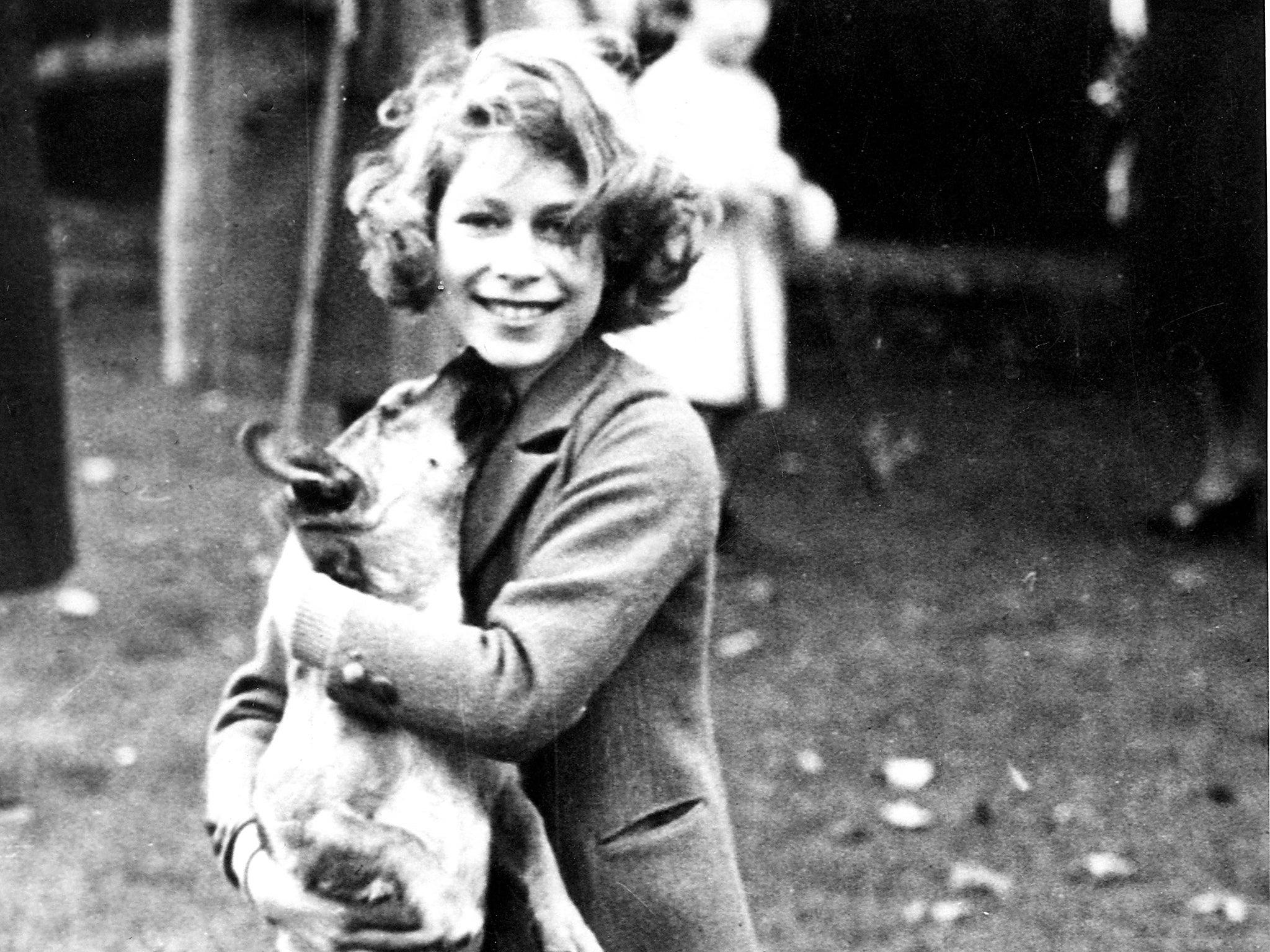
Unfortunately, at least as she would see it, two of her British prime ministers sought to thwart this work. The first was Edward Heath, who, as one historian, Ben Pimlott, described it, displayed “undisguised disrespect” for the Commonwealth in general. The divisive subject was South Africa when it was still an apartheid state. The Conservative Party was much less hostile than was the rest of the Commonwealth. That is why, in 1971, Heath effectively prevented the Queen from going to a Commonwealth conference in Singapore.
The Queen’s second opponent was Margaret Thatcher. In 1986, the issue of sanctions against South Africa had become acute. A majority of Commonwealth states demanded them, but the Iron Lady did not agree. She thought them likely to be ineffective and, in any case, injurious to British interests. Indeed, Thatcher saw the Commonwealth almost solely as an organisation for putting pressure on her over South Africa, whereas the Queen had been brought up with an imperial mindset in which the notion of service had become paramount. A Zambian newspaper compared Thatcher unfavourably with the Queen’s “extraordinary loving heart”.
It may seem bizarre to bracket the Queen’s unwavering support for the Commonwealth with her love of horses, but there is a connection. Both were areas in which she developed a professional interest and gained a reputation as an authority. Horses, which started as a childhood hobby, became an absorbing interest and, as a racehorse owner, the Queen was no rich hobbyist but a professional. Her knowledge of thoroughbreds, pedigrees, races, auctions and racing personalities was encyclopaedic. She was a serious breeder.
Taking her Commonwealth and equine interests together, it almost looks as though, once the Queen had escaped the constraining advice of her British prime ministers – which was, in fact, the correct constitutional position – she could better flourish.
But of the people’s love and respect for their Queen, there can be no doubt, as recent days have shown. Lord Charteris, one of the Queen’s private secretaries, had a simple explanation for the affection that was vividly displayed in successive jubilee celebrations: “She had a love affair with the country.”






Join our commenting forum
Join thought-provoking conversations, follow other Independent readers and see their replies
0Comments